Do you feel mentally safe at work? Do you feel included, engaged and valued? Psychological safety at work is crucial for both employees and organizations for building high-performing teams.
What is psychological safety at work?
Psychological safety meaning: Psychological safety refers to an individual’s perception that they can speak up, share their ideas, and take risks without fear of negative consequences at the workplace.
You feel safe and comfortable to speak up, share ideas, take risks, and express yourself without fear of negative consequences, such as ridicule, rejection, or punishment.
It is a sense of trust and mutual respect among colleagues and leaders that allows individuals to feel comfortable without being afraid that people will be mean or angry with you, even if your opinions differ from those of others.
A psychologically safe work environment is critical for –
- Promoting creativity
- Supporting innovation
- Encouraging learning
- Reducing stress & burnout
- Lowering turnover
- Reducing errors
Studies have found that psychological safety is closely associated with team effectiveness, learning behavior, efficacy, dependability, structure and clarity, meaning, and impact of work.
When a workplace has psychological safety, everyone can work together to make things better, just like when you play with your friends and come up with new games together.
Related: How Psychological Safety Impacts Performance And Well-being
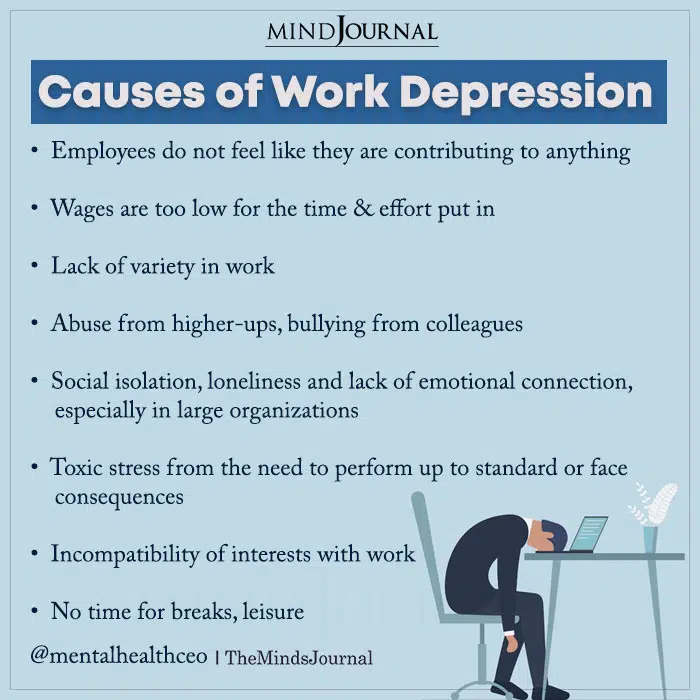
What psychological safety looks like at the workplace
When a workplace has a high level of psychological safety, employees and managers are more likely to feel comfortable –
- Sharing their thoughts and ideas without fear of negative consequences
- Collaborating with others without any hesitation
- Taking risks that can lead to innovation and growth
- Making mistakes without fear of being ostracized
- Taking interpersonal risks without feeling threatened
- Trusting each other to work collaboratively
- Respecting each other’s contributions, regardless of rank or position
- Focusing on constructive feedback that emphasizes behavior instead of the individual
- Making everyone feel included and valued, regardless of their background, experience, or perspective
- Promoting a learning environment and culture
- Showing empathy and understanding towards employees’ needs and challenges
- Supporting team members when they need it, whether it’s for personal or work-related issues
On the other hand, when employees feel that their opinions will be ignored or that they will be punished for making mistakes, they may be less likely to speak up or take risks, which can lead to stagnation and missed opportunities.
In a psychologically safe workplace, employees feel valued, respected, and supported by their colleagues and managers, which creates an environment of trust and collaboration. This environment fosters creativity, learning, and growth, and ultimately leads to better outcomes for the company.
At the same time, it’s essential to maintain high standards of performance and accountability to ensure that employees are achieving their goals and delivering results.
Why psychological safety is important in the workplace
Do you have a team of “yes men” in your organization? Do your team members choose to remain silent instead of sharing their ideas, suggestions and opinions? Do they hold back due to fear of repercussions and consequences? Does your organization not respect employees’ feedback? Are their ideas always met with criticism?
Many organizations experience such issues and don’t know what to do even when the solution stares them right in the face.
When employees don’t feel mentally and emotionally safe to engage with the organization, they will remain disconnected and detached from projects and hold back crucial contributions even when a project is going downhill.
A lack of psychological safety at work will make them feel that it is better not to say anything than to get criticized and humiliated in front of the whole team for speaking up.
When team members feel that no matter how helpful their ideas and suggestions are, their ideas will be trashed and rejected or that they may even get penalized by their boss, they will rather choose to keep their mouth shut.
This can severely affect their performance and productivity which will in turn affect their company’s ROI.
When employees feel anxious, stressed, burnt out, depressed and afraid at work, it can seriously hamper the company’s growth and the employees’ mental health. According to a report, in the United States only 3 out of 10 workers feel that their opinions matter at work.
Business leaders need to focus more on building teams that feel confident about sharing their views and suggestions with their managers.
When there is a lack of psychological safety in the workplace, team members refrain themselves from reaching their fullest potential, which can significantly increase turnover and decrease productivity.
Related: What Is Safe Space? And Why You Really Need It
Importance of psychological safety in the workplace
Still wondering why psychological safety at work is important? Then here are some reasons you need to consider –
1. Improves communication
When employees feel safe to express their ideas, it leads to better teamwork and more effective problem-solving.
2. Reduces stress and burnout
When employees feel psychologically safe, they are less likely to experience stress and burnout. This can lead to better mental health and higher job satisfaction.
3. Promotes innovation and creativity
A culture of psychological safety encourages employees to take risks and share new ideas, leading to increased innovation and creativity.
4. Improves productivity
When employees feel safe to ask questions, seek feedback and learn from mistakes, it leads to a more productive work environment.
5. Reduces turnover
When employees feel psychologically safe, they are more likely to stay with their current employer, leading to reduced turnover and recruitment costs.
6. Fosters a positive work culture
A psychologically safe workplace creates a positive and supportive work culture that promotes employee well-being, job satisfaction, and retention.
7. Promotes collaboration
When employees feel safe and supported, they are more likely to collaborate with each other which can lead to increased creativity and innovation.
8. Increases performance
When employees feel psychologically safe, they are more likely to be engaged and motivated, leading to improved performance and productivity.
9. Supports diversity and inclusion
When employees feel comfortable being themselves, it helps to support diversity and inclusion efforts and create a more equitable workplace.
Psychological safety is critical for creating a positive work environment where employees feel supported, valued, and able to do their best work. By prioritizing psychological safety, organizations can improve collaboration, productivity, and employee well-being.
Related: 10 Questions To Know If You Should Support Your Leader Or Manager
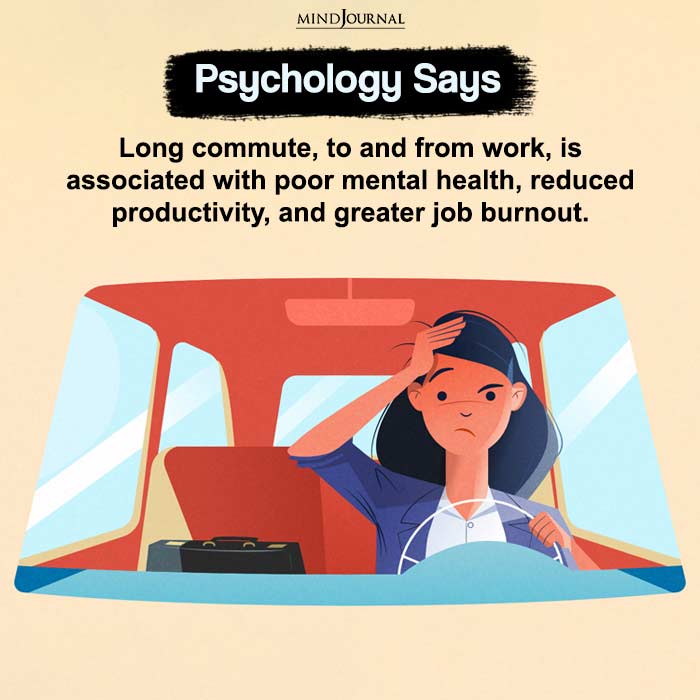
Creating psychological safety in the workplace
Wondering how to create a workplace where your employees and team members feel psychologically safe? Creating psychological safety in the workplace requires a deliberate effort and a commitment from leaders and managers.
Here are some strategies that can help you get started with psychological safety at work-
1. Foster open communication
Encourage open communication in the workplace by creating channels for feedback, suggestions, and concerns. Employees should feel safe to express their opinions without fear of retaliation or negative consequences.
For example, if someone disagrees with a decision made by their team, they should feel comfortable sharing their opinion without fear of being criticized or ignored. This can help to generate new ideas and perspectives, leading to better outcomes for the team and the company.
Setting up suggestion boxes, holding regular team meetings, and using anonymous surveys can all be effective ways to foster open communication.
2. Lead by example
Leaders and managers should model the behaviors they want to see in their teams. This includes actively listening to employees, respecting diverse opinions, and providing constructive feedback in a supportive way. This step is crucial for building psychological safety in workplace.
3. Listen actively
Psychological safety also means actively listening to others when they share their thoughts or ideas.
This involves paying attention to what the other person is saying, asking questions to clarify their points, and showing empathy and respect for their perspective. By doing so, employees feel heard and valued, which can increase their engagement and motivation.
4. Encourage risk-taking
Employees should feel comfortable taking risks and trying new things without fear of failure. Leaders can encourage risk-taking by celebrating successes and treating failures as learning opportunities.
5. Provide constructive feedback
In a psychologically safe workplace, giving and receiving feedback is a regular and constructive process. Managers and colleagues should provide feedback in a way that is respectful, specific, and actionable.
This helps to build trust and accountability within the team and enables individuals to learn from their mistakes and improve their performance.
6. Provide training
Offer training on topics such as effective communication, conflict resolution, and diversity and inclusion. This can help employees build the skills they need to communicate effectively, manage conflicts, and support their colleagues.
7. Acknowledge and validate emotions
Recognize and acknowledge the emotions of others, even if you don’t agree with their point of view. Validate their feelings and show empathy by putting yourself in their shoes.
8. Address bullying and harassment
Address any instances of bullying or harassment promptly and fairly. Employees should feel safe to report any incidents of bullying or harassment without fear of retaliation.
9. Focus on respectful communication
It involves communication that does not put down any team member such as speaking to others in a respectful manner, using language that is inclusive and free from bias or discrimination. Avoid interrupting others or dismissing their opinions.
10. Foster a learning culture
Encourage learning and growth, both individually and as a team. Provide opportunities for training and development, and encourage employees to seek out new experiences and learn from their mistakes and failures.
11. Encourage collaboration and teamwork
Work to create an environment where everyone feels comfortable connecting with members of others teams, and where everyone is encouraged to contribute to the success of different teams.
12. Celebrate diversity
Encourage diversity and recognize the value that each individual brings to the team. Celebrate differences and work to create a culture of inclusion.
13. Create a supportive environment
Creating a supportive environment involves showing empathy and support for employees. This can include offering resources for mental health support, allowing flexible work arrangements, and recognizing the value of work-life balance.
14. Accept mistakes
Psychological safety also means accepting mistakes as part of the learning process. In a psychologically safe workplace, individuals are encouraged to take risks and try new things, even if they don’t always succeed.
When someone makes a mistake, they should feel supported and encouraged to learn from their experience and try again.
By taking these steps, organizations can create a positive and productive work environment that supports psychological safety at work for improving the well-being of their employees.
Related: Emotional Safety is Necessary for Emotional Connection
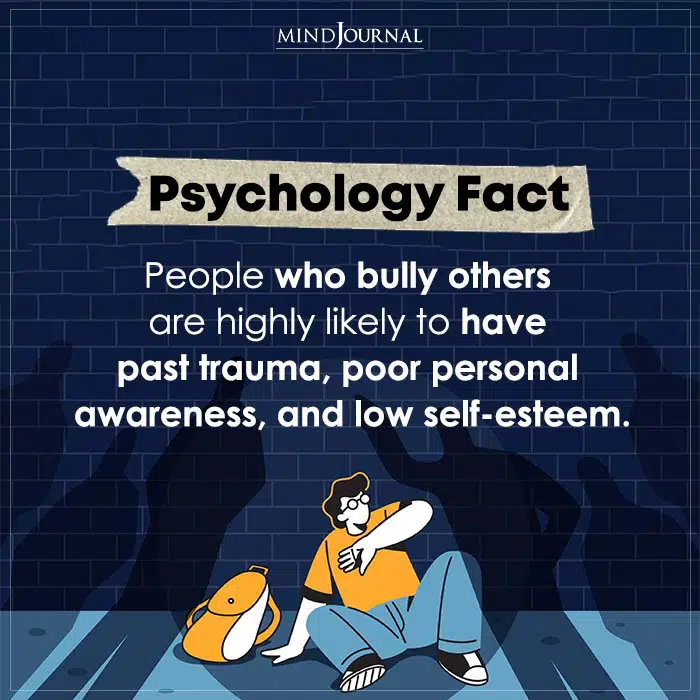
A safe environment for growth
It is a critical component of a healthy and productive work environment. Creating a psychologically safe workplace requires intentional effort from leaders and managers to model the behaviors they want to see in their teams.
Psychological safety is like having a safe space where you can talk about your feelings, without any worry. Just like how you have a safe space at home with your family and friends, you should also have a safe space at work where you can be yourself and feel comfortable.
This helps you to feel happy, motivated and do your best work. To create this safe space, it’s important for leaders and managers to encourage everyone to speak up, listen to each other, and support each other. This way, everyone can work together in a happy and positive environment.
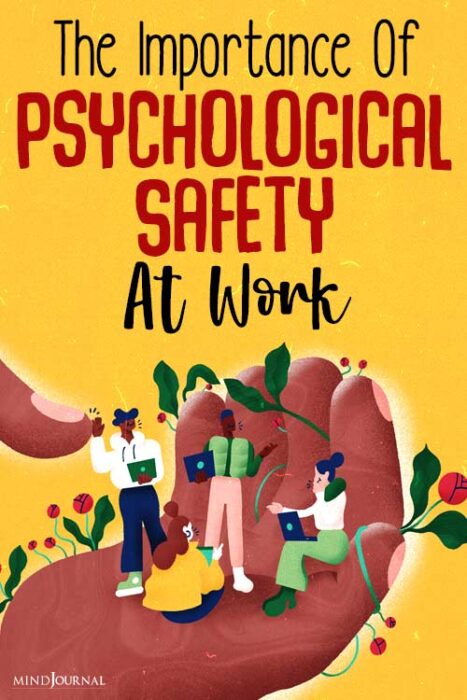
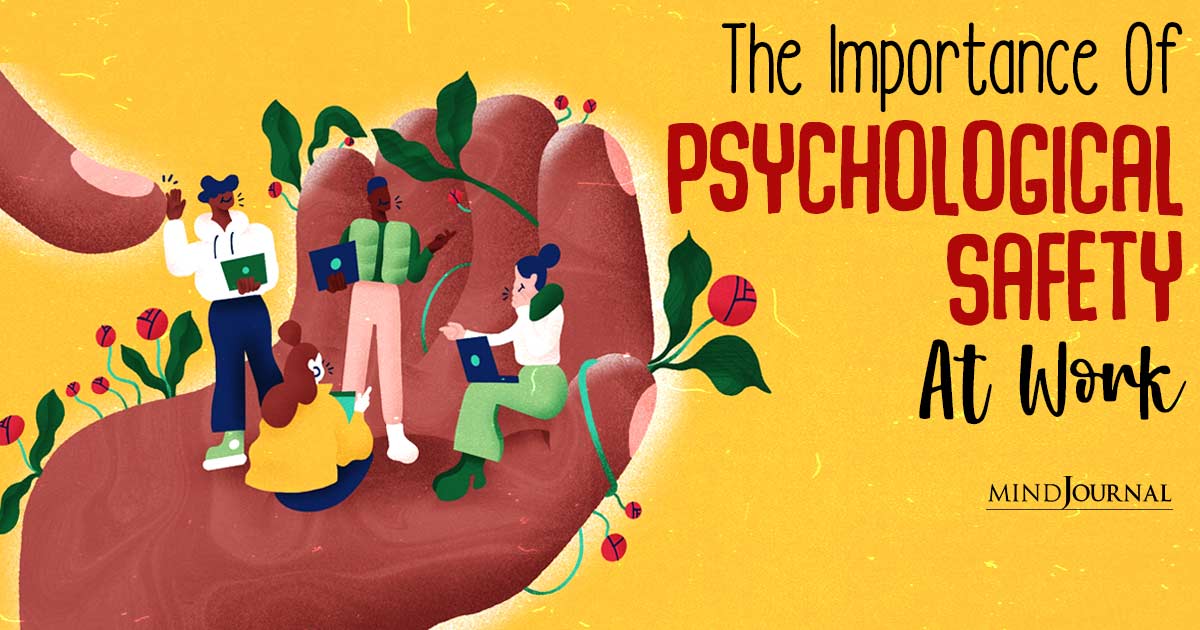


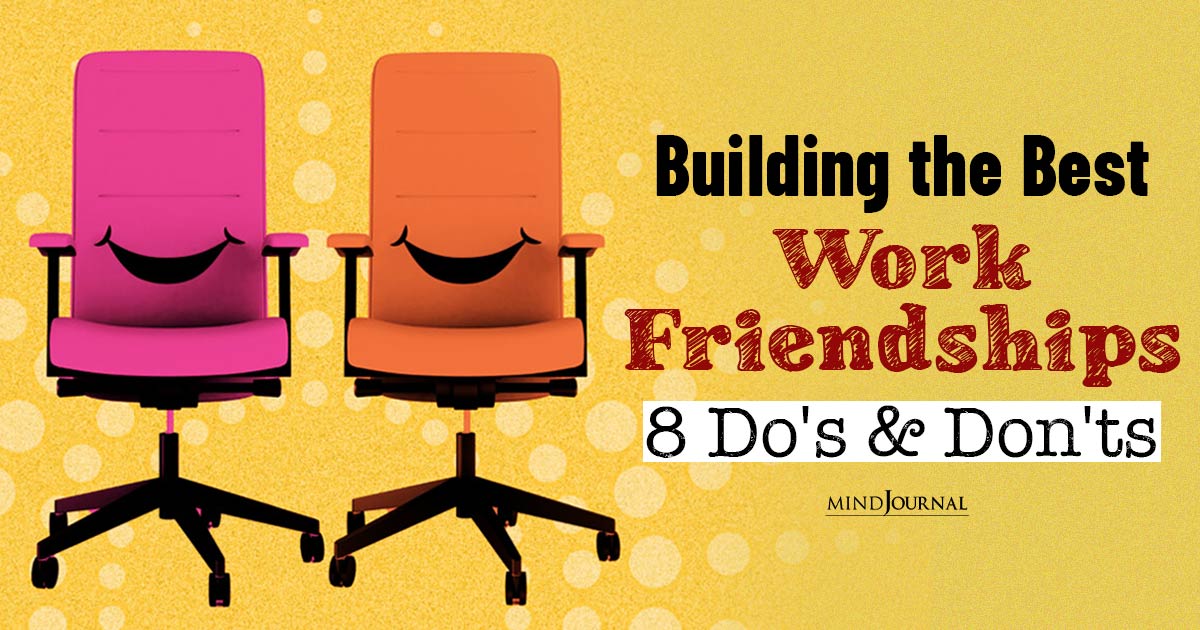




Leave a Reply
You must be logged in to post a comment.